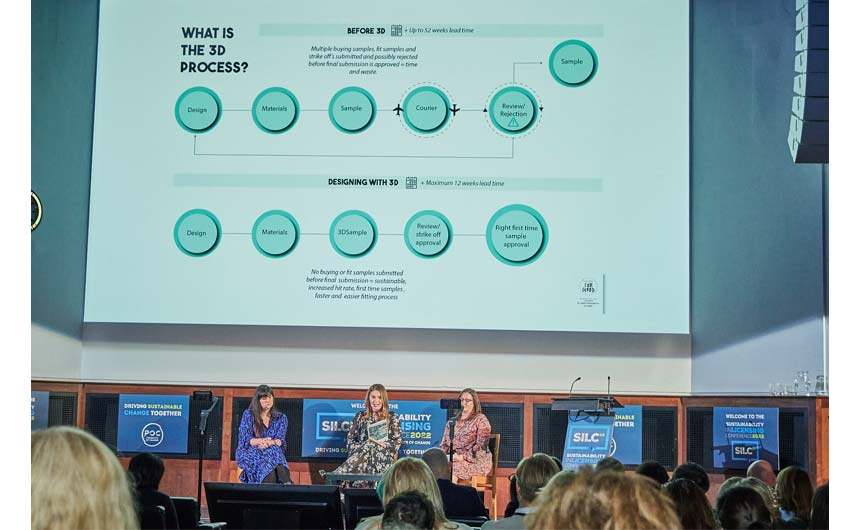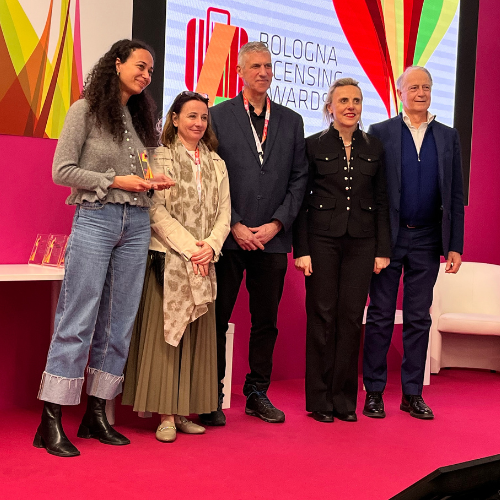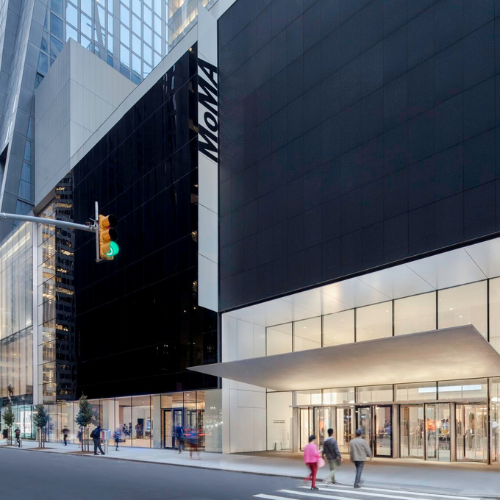The fashion industry is responsible for 10% of the world’s greenhouse gas emissions, 20-30% of the microplastics currently in the world’s oceans, and 53 million metric tonnes of discarded clothing each year. The figures are shocking, but as a team of experts from George at ASDA explained during a fascinating presentation at the Sustainability in Licensing Conference at the Royal Geographical Society this Tuesday, 18 October, technology can offer ingenious solutions to some of the problems of pollution.
Senior sustainability business manager Jade Snart, designer Jessica Brown and product development expert Helen Scobie took to the stage to outline how taking the company’s garment design and approvals process online is resulting in myriad benefits, both for the environment and for business in general.
“During lockdown we were forced to work remotely and think differently,” said Jessica. “Fits were done remotely, and approvals were done over Zoom. A lot of trust and responsibility was given to our amazing supplier base, and I’m not saying everything ran smoothly, but it taught us a lot about how we can work effectively remotely, and not need a physical sample in front of us to make a confident decision.”
The company decided to adopt Browzwear, a 3D design system, for its in-house design work, and to invest in Orchids by Embodee, a web portal that allows suppliers to upload 3D renders – realistic images of prototypes that are true-to-life for fabric, fit and detail.
Previously, before a garment was signed off by Asda, the supplier would have to provide multiple physical samples, with items often being sent back countless times for tweaks and amendments. This was costly in terms of finance and time – the approvals process could take up to 52 weeks – as well as it terms of carbon footprint. With the new 3D design and render process there is a maximum 12-week lead time; each garment’s shape, design detail, fabric and colourway can be altered multiple times before the design is sent to the supplier for final sampling. This process results in a greater first-time ‘hit’ rate for samples, and makes the whole process faster, easier and more sustainable.
“We really wanted to help reduce sampling, improve lead time and speed up decision making,” said Jessica. “3D gives us all that. We can review a digital garment with our suppliers, and make real-time amendments and live comments. Communication between us and our suppliers, and our internal team, is much clearer.”

One snag was that over a third of Asda’s suppliers had already invested in 3D software, including as CLO, Optitex as well as Browzwear – and not all the packages were compatible with each other. This meant that the George team couldn’t view all of their clients’ 3D renders in one place, something that’s essential for range-building.
“We found a web-based solution for this in Orchids by Embodee,” Helen explained. “It allows us to view, amend and comment on 3D images from any software uploaded by our suppliers. It’s a great solution meaning we can share our colour palettes, design briefs and so on with suppliers, then range-build from 2D or 3D images uploaded in one space.”
Everyone involved can now work on a garment simultaneously and find solutions collaboratively, and the short leads times allow the company to react to trends much faster.
Once a product has been developed it should be easier than ever to import a 3D image to the George at Asda website. Customers will be able to engage with a digital image by rotating it and moving in to see the fine detail. Garments can be projected onto real-life models and in the future, onto customers’ own individual avatars, so they can try before they buy – saving money on photography and returns. “There’s also a possibility of putting the garments on the site before they are made, to get a pre-read to see if customers will buy,” said Jessica.
George at Asda has set itself some ambitious targets for 2023. In SS22, the team was digitally designing 9.1% of its garments and 3D-fitting 6.4%, while digital pictures made up 6.4% of the images on its website; the figures for all three categories for SS23 are set at 59%.
“It’s tough, but we can do it,” said Jade. “If were to stop having samples in our home office for one whole year, the carbon emissions that that would save would be the same amount required to melt one terraced-house-sized block of Arctic ice.”
Asda already has what Products of Change founder and Conference host Helena Mansell-Stopher describes as a “phenomenal” sustainability programme. By 2040 the company is committed to being a net-zero business, and circularity is a huge focus. There are clothing bins in over 400 Asda stores, sponsored and supported by The Salvation Army; on an annual basis the company collects around 9,000 tons of clothing that is sold in charity shops, donated overseas or recycled. ASDA also has a Take Back Scheme, which incentivises customers to return unwanted clothing via its click and collect services.
“Clothing is the second biggest contributor to the world’s pollution, and being one of the biggest UK clothing manufacturers and retailers we absolutely do know that we’ve got to make a difference,” said Jade. “Even the smallest things that we change will have a huge impact.”
Want to read more news like this? Simply sign up to our daily digest by clicking here. You can also follow @LicensingSource on Twitter and @licensing_source on Instagram.



































